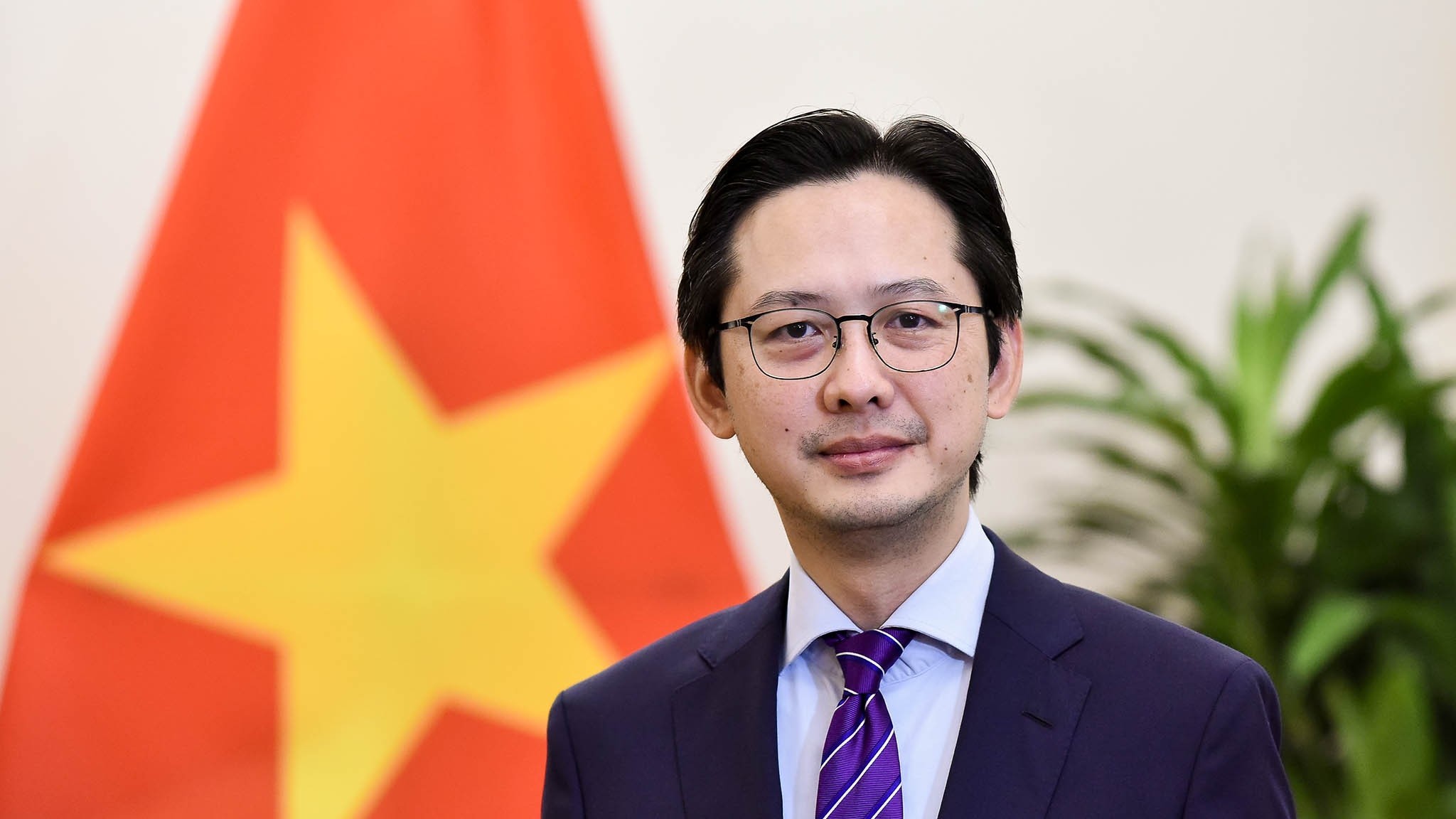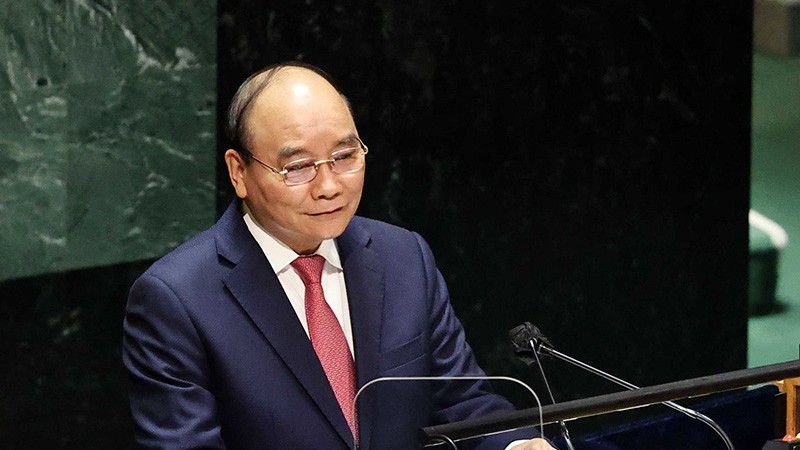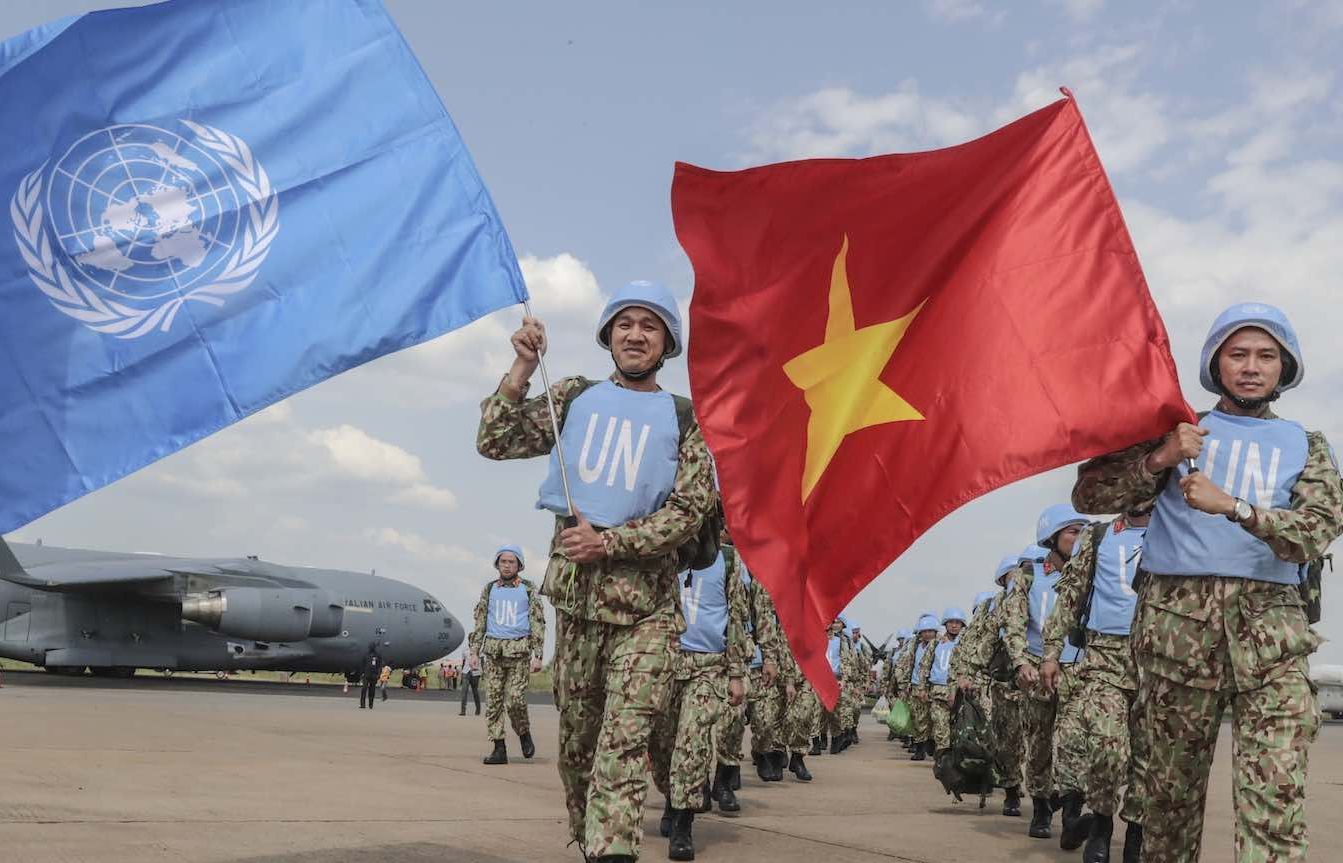
A US-China Green Deal may help the Mekong basin countries: Dr. Le Dinh Tinh
Latest
 |
| Le Dinh Tinh, Ph.D., Director General, Institute for Foreign Policy and Strategic Studies, Diplomatic Academy of Viet Nam. |
The Mekong is over 4,000 km long, rising in China’s Tibetan Plateau and running through Myanmar, Laos, Thailand, Cambodia and Viet Nam.
How important is the Mekong?
The Mekong is of strategic importance for Viet Nam and other riparian states. This has become increasingly a relevant topic for those scholars and policymakers who have an interest in the region of Southeast Asia and even the Indo-Pacific region at large.
Water security is both a need and challenge for Viet Nam as could be seen in the Mekong Delta. While the Delta is an economic hub, Viet Nam as the lowest Mekong country is facing a lot of stress and strain. People even talk about a scary future scenario where the Delta might be wiped out of the map, becoming a submerged area. It is thus in the national interests of Viet Nam to view the Mekong from the lens of security, development and international cooperation. The Delta, for example, accounts for 20% of the country’s GDP.
Further, the Mekong has recently been considered a hotbed of strategic rivalry by some. I don’t know whether this is the case but, the lack of an overarching regulatory regime for this area is a real story.
In addition to the natural factors, what are the most important human factors that need to be put in the equation?
In every strategic planning, human factors count. It starts with how the countries in the Mekong sub-region treat the river, including but not limited to dam building. As for the dams, research finds that there are nearly 190 dams, existing and proposed, in the Mekong River basin. The Mekong River Commission has pointed out several adverse impacts of those dams on the basin. More thorough research is needed with respect to the social and economic aspects as well.
Transboundary cooperation is stepping up but is yet to live up to expectations. For instance, the Mekong River Commission does not have the participation of China and Myanmar. The Mekong-Lancang Cooperation is progressing with many projects, but more work needs to be done to address the water security challenges. Similarly, the recently upgraded United States-Mekong Partnership has enjoyed stronger commitments from the Biden administration but has yet to realize potential.
How does great power competition affect the Mekong?
Great powers play important roles in regional and global governance. In an ideal scenario, I would argue, their roles should be complementary to each other or their competition is healthy and good for resourcing and cooperating. The reality is less optimistic.
For instance, the smaller states in the region now face the risk of being trapped in Sino-US competition. It is understandable that the lower Mekong countries do not want to choose sides or be forced to choose sides. Their security and development interests are better served with an inclusive rather than an exclusive approach.
It is also fair to make the case for national interests with which every country prioritizes. But in our interdependent world today, seeing and working for common interests is also critical. In international relations, we call it a functionalist approach where countries recognize the importance of multilateral cooperation for issues of commonality. To be more specific, issues like climate change or water security should be everyone’s business.
Under the Biden administration, environmental issues might attract more attention. So a new Green Deal between the United States and China might be something that the world aspires to. And if this can happen, the Mekong might have a good chance to benefit from great power cooperation. But the strategic competition in many other dimensions between the two giants is here to stay so that is one thing to be reckoned with.
The strategic competition between China and the United States might also produce complications for the Mekong-Lancang Cooperation and United States-Mekong Partnership because the lower Mekong countries, namely Cambodia, Laos, Myanmar, Thailand, and Viet Nam might find it more difficult to distance themselves from geopolitics in the cooperation process.
What should be done to alleviate all those concerns?
Dialogue and cooperation are necessary. The prisoner’s dilemma game should not be played here. Every country needs to cooperate in a sincere manner.
An encouraging development in this connection is the ASEAN enhanced engagement in this matter. The Mekong is an integral part of ASEAN. Food security in Singapore and the Philippines could be better ensured with a more sustainable Mekong. Strengthening its commitment to the Mekong is the right move for ASEAN not just because of these specific interests. It also has to do with ASEAN wanting to play a central role in regional affairs and handling relationships with partners, especially great powers.
In addition to China and the United States, further assistance from partners such as India, Japan, ROK, Australia, the EU should be welcome as long as it does not contradict the strategic interests of the Mekong countries. In the meantime, practical cooperation should be promoted because it does not entail geopolitical risks. In all cases, a sustainable and equitable use of the Mekong and related legitimate interests should be respected by all parties.
While existing bodies of international law governing the Mekong might not be sufficient (a similar UNCLOS for the Mekong is not available), I would argue custom laws and best practices should be a great source for better governance.
What role can India play in the Mekong sub-region?
India has increasingly become active in the Indo-Pacific. Its Act East strategy is a testimony to its expanding interests in the region. As a dialogue partner, India has stepped its engagement with ASEAN. In addition to politico-security ties, economic cooperation has witnessed some positive development. Foreign direct investments (FDI) flow from India to ASEAN increased by 98% from US$1.02 billion in 2018 to US$2.02 billion in 2019. In my view, if India remained in the RCEP, its economic role would be more considerable.
India is getting more serious with the Mekong-Ganga Cooperation (MGC), which covers issues related to sustainable development, connectivity and non-traditional security. The MGC would be enduring given the current context. More substantive commitments between India and the Mekong countries should be the way forward. For instance, India should invest more in the Lower Mekong countries in the ICT sector.
Do you think the United States will have a long-term commitment to the Mekong sub-region?
As a superpower, the United States is capable of reaching out to the Mekong sub-region. The United States used to maintain its presence in this region in the 20th century and earlier times. In the first decade of the 21st century, Secretary of State Hillary Clinton once called it a Pacific Century for the United States, arguing that this part of the world contains important American national interests. Since then we have witnessed the promotion of the Indo-Pacific Strategy by the Trump and now Biden Administration.
Many watchers of the region have raised the question of American credibility in its commitments to allies and partners. In my opinion, that question is both on solid and shaky ground. It is case-specific but certainly, in the end, it is the American interests that matter the most for American policymakers. Also, it depends on how the Mekong countries approach the United States.
*Le Dinh Tinh has authored and co-authored several book chapters and articles on this environmentally, economically and politically complex life source for the region.

















